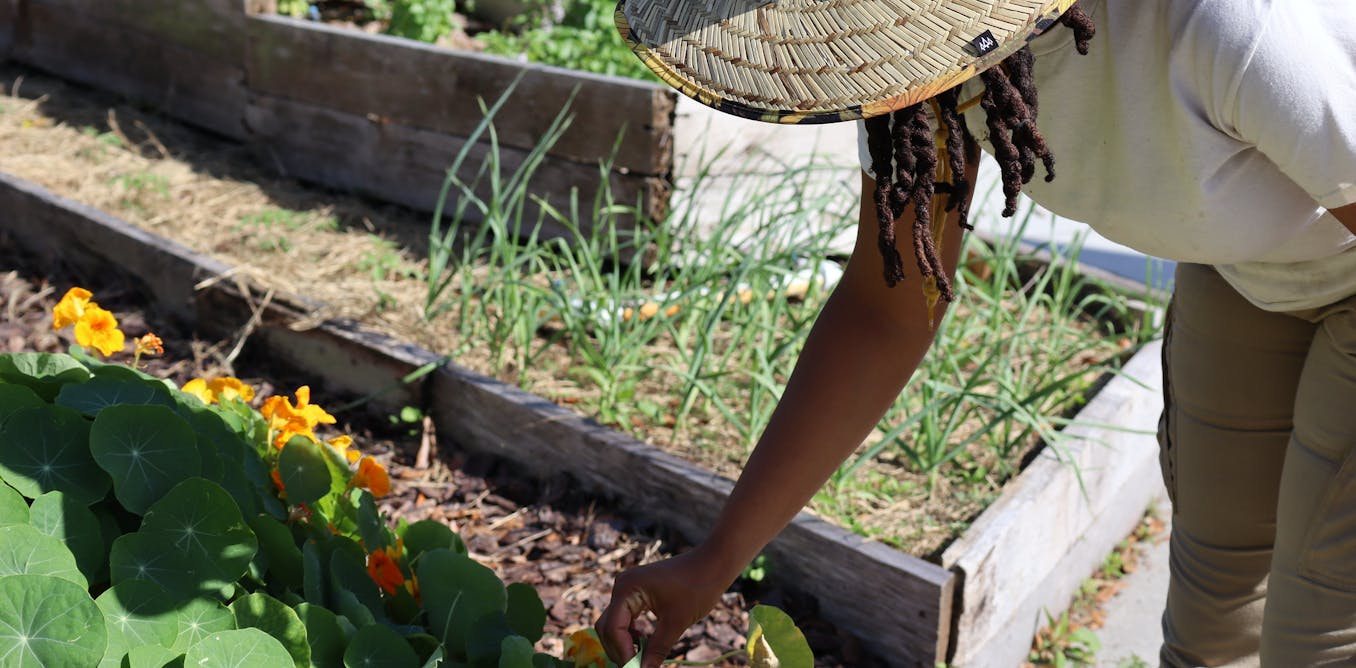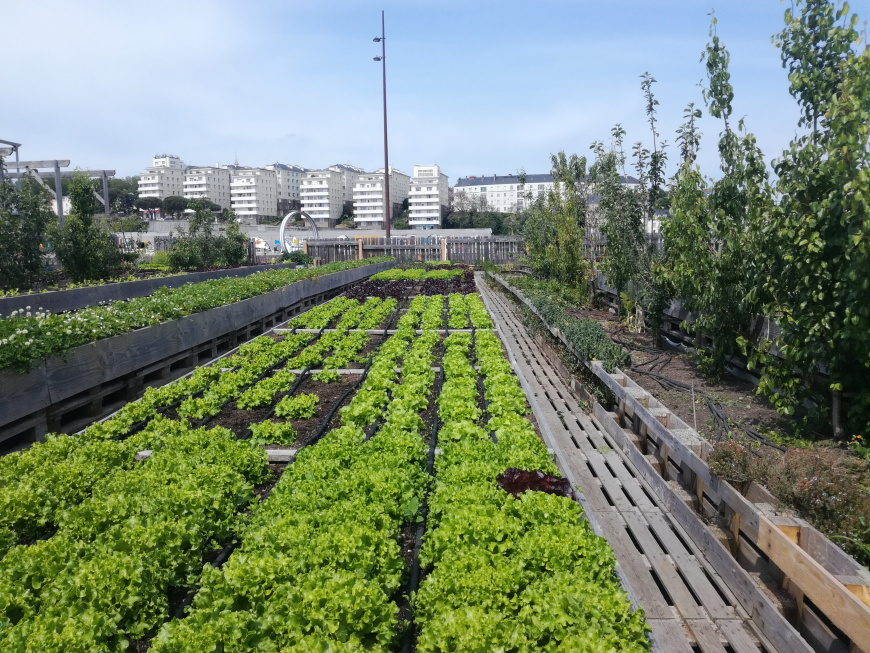Facts About City Blooming Uncovered
Intrigued in growing food for sale in the City of Chicago? Below is a listing of often asked questions regarding the guidelines and regulations that cultivators must think about when planning a city agriculture job.
The zoning amendment does not customize any various other codes handling composting, building licenses, acquiring or renting City owned property, business licenses or ecological contamination. There are existing codes that manage these problems and they stay completely impact and may apply to your task. Neighborhood gardens are usually possessed or taken care of by public entities, civic companies or community-based companies and preserved by volunteers.
Urban farms grow food that is intended to be marketed, either on a nonprofit or for-profit basis. Due to their commercial function, metropolitan ranches require an organization license.
The Facts About City Blooming Uncovered
Composting is allowed yet just for plant product that is created and made use of on website. The quantity of garden compost product can not go beyond 25 cubic yards at any type of given time according to the standards in 7-28-715 of the City's Municipal Code. Yes. Due to the fact that the soil at the majority of new yard websites requires changing, garden compost, dirt, timber chips, or other materials can be acquired to create or boost the growing space - sustainable gardening.

If a building license is needed then the hoophouse will be considered an accessory structure. You can figure out even more regarding the building permit demands by getting in touch with the Department of Buildings. The 25,000-square-foot dimension restriction is intended to avoid a solitary neighborhood garden from controling a provided block or interfering with the block's existing domestic or industrial character.
The restriction does not relate to yards located in Public Open Room (POS) areas. Can there be more than one area garden that is 25,000 square feet on a single block? Yes. The size limit puts on specific yards, not to specific blocks. No. Secure fencing is not called for, nonetheless, yards that have big parking lot may be required to install secure fencing or other landscaping features.
What Does City Blooming Do?
B1 & B2 districts call for that all industrial usage tasks be carried out indoors. R areas limit business task. The regulations show the objective and intent of the Zoning Code. Is secure fencing needed for metropolitan ranches? Yes. Fences may be needed, in addition to landscape design and screening, for sure parking lot and outdoor job or storage space areas depending upon place and the certain activity occurring.
Urban ranches call for building licenses and zoning approvals prior to building (landscaping). Other types of city review may be required depending on specific structures, tasks, size, landscaping, licensing, public health and stormwater administration problems.
The Department of Organization Affairs and Consumer Defense can help establish the specific kind of business license that's needed. Off road parking is required for a lot of commercial tasks in Chicago. The called for number of car park areas is based on the number of staff my latest blog post members working on website and not the square video of the growing room.
Not known Facts About City Blooming

A metropolitan farm can market compost material produced on website, however, the operation needs to comply with the laws in 7-28-715 of the Chicago Municipal Code. Aquaponic systems are allowed indoors on metropolitan farms in numerous zoning areas.
As much as 5 hives or colonies of honey might be maintained as an accessory use. Nevertheless, beekeepers must sign up with the Illinois Department of Agriculture. For even more info regarding the suggested zoning change you might contact the Division of Real Estate and Economic Advancement, Bureau of Planning and Zoning at 312.744.8563.
, which takes location in rural locations at the side of suburban areas.
City Blooming Things To Know Before You Get This
It can involve a movement of natural growers, "foodies" and "locavores", that seek to form social networks based on a shared ethos of nature and area holism. These networks can develop by means of formal institutional support, coming to be integrated into neighborhood town preparation as a "transition community" movement for sustainable metropolitan growth.
The more direct accessibility to fresh vegetable, fruit, and meat products that may be become aware through metropolitan farming can improve food protection and food security while reducing food miles, causing reduced greenhouse gas exhausts, consequently adding to environment adjustment mitigation. Some of the initial proof of city agriculture comes from Mesopotamia.
Comments on “10 Easy Facts About City Blooming Explained”